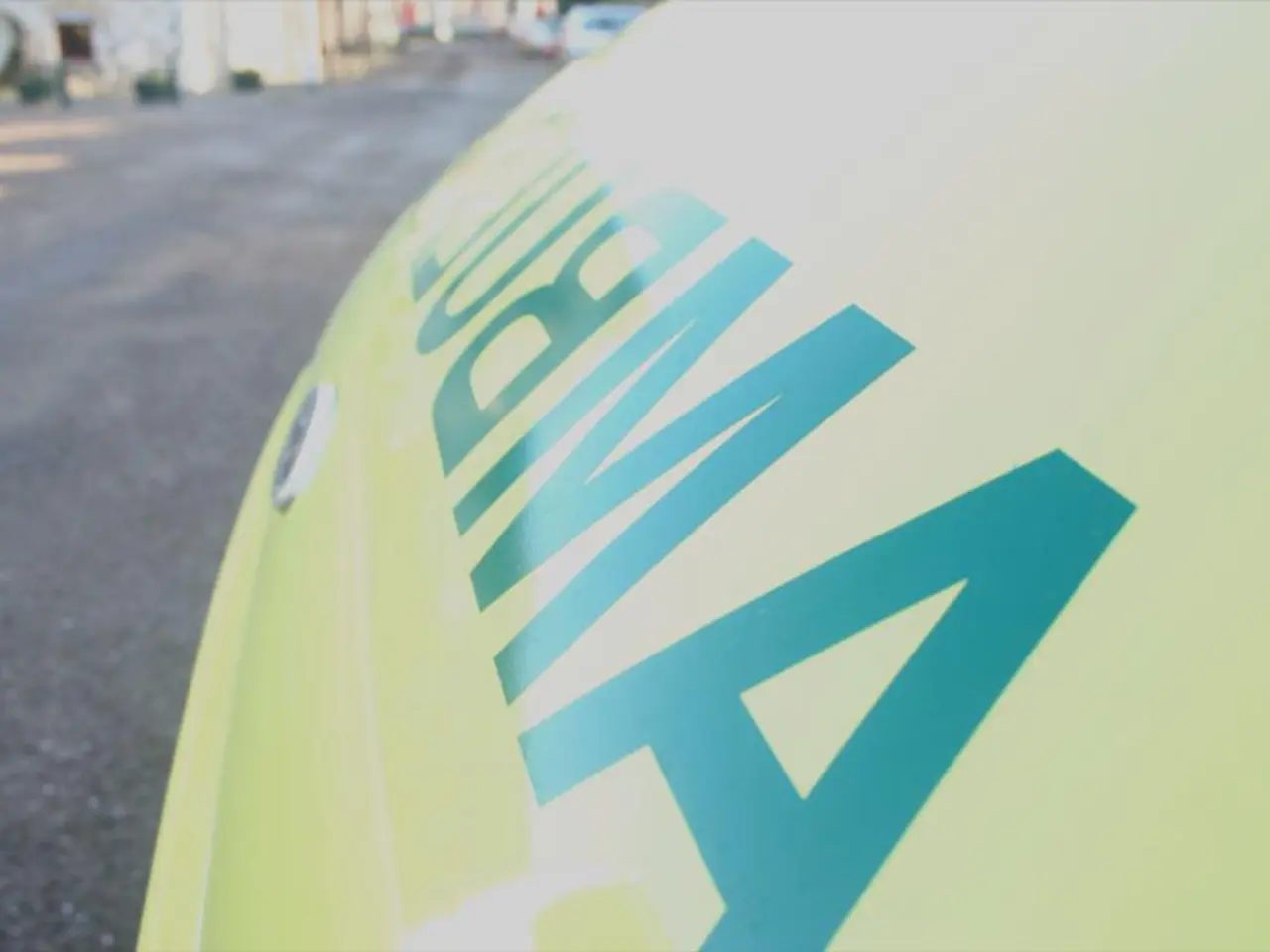Can Australian financiers support the nation's $36 billion venture in clean energy resources?
In the pursuit of a greener future, Australia is positioning itself as a key player in the production and use of sustainable aviation fuels (SAF). According to Ian Learmonth, CEO of the Clean Energy Finance Corporation (CEFC), policy accelerators such as mandates, certification schemes, and offsets are crucial in assisting the industry to reach scale.
The demand for low carbon liquid fuels (LCLF) is on the rise, with sectors like mining and aviation accounting for nearly a third of the remaining demand. These sectors, harder to electrify, present a significant challenge but also an opportunity for Australia.
The LCLF market, though fragmented, holds promising potential. A new report from the CEFC and Deloitte suggests that Australia could capture a demand worth $36bn by 2050, given its comparative advantage.
Key investors in the Australian SAF sector include airline companies like Qantas and Virgin Airlines, investment coalitions such as Qantas’ SAF Coalition, strategic partners and private investors involved in low carbon fuels companies like HAMR Energy, and institutional investors backing SAF production ventures.
Qantas has made a significant commitment by signing an agreement with Airbus to invest up to US$200 million to establish a SAF industry and increase its SAF use to 10% by 2030 and 60% by 2050. The airline also collaborates with Sydney Airport and Ampol in SAF importation efforts, supported by coalition partners. Virgin Airlines, too, is noted as a major player committed to net zero emissions by 2050 and developing local SAF.
HAMR Energy, an Australian low carbon liquid fuels company, is developing a $700-800 million methanol-to-jet SAF facility, with a $10 million Series A funding round near completion involving significant interest from strategic partners and private investors.
Institutional investors such as APG and MAM have equity commitments supporting companies like SkyNRG, an SAF market participant, demonstrating the involvement of financial investors in the Australian SAF sector.
However, the LCLF market remains risky due to the immature market, complicated supply chains, and the need for a steady roster of feedstock suppliers and offtake partners. The production of LCLFs relies on feedstock such as waste, agricultural residue, biomass, sorghum, and used cooking oils.
Scaling up Australia's LCLF industry would require cautious, optimistic navigation of risky and rewarding waters. The report identifies seven 'market accelerators' that could pave the way for a LCLF boom in Australia, including the use of concessional finance to de-risk private investments.
Clean fuel plants could revitalize manufacturing hubs and create skilled careers in areas affected by the decline of fossil fuels. As Australia decarbonizes, its legacy industries will come under stress, and financiers might look for the next big thing, with LCLF being a potential candidate due to a first mover advantage.
However, other forms of capital might need to take a seat at the table before institutional capital considers LCLF investment. Australia's large agro-industrial footprint provides feedstock for LCLF production, but the country currently exports these raw materials instead of building the industry at home.
The production of LCLFs could be a game-changer, with over 50% of demand for LCLF expected to come from aviation by 2030-2050 as offtake mandates replace carbon offsets. Australia's largest airline, Qantas, has already made strides in this direction, importing 2 million litres of sustainable aviation fuel, the largest ever commercial import of such fuel in Australia.
The future of Australia's LCLF industry is promising, with key players, investors, and reports all pointing towards a significant role for the country in the global LCLF market.
Investing in renewable energy, particularly the production of low carbon liquid fuels (LCLF) and sustainable aviation fuels (SAF), is attracting interest from key players in the finance industry. For instance, Qantas has committed up to US$200 million to establish a SAF industry and increase its SAF use to 10% by 2030 and 60% by 2050, demonstrating the financial backing for this industry. Furthermore, there is potential for institutional investors like APG and MAM to capture a demand worth $36bn by 2050, as suggested by a new report from the CEFC and Deloitte, making investing in the LCLF industry an opportunity for significant returns.




